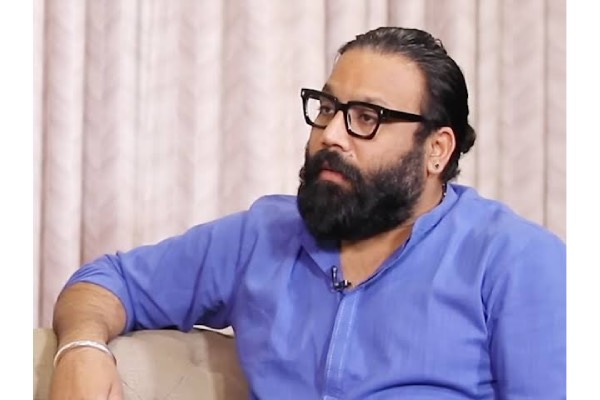
Vijayawada: Successive state govts and local administrations are to be blamed for the recent floods in Vijayawada as none of them learnt any lesson from past experiences. Though the severity of the flood was unprecedented this year, it is not the first time that Budameru rivulet inundated Vijayawada region.
According to irrigation experts and social activists, all political parties are responsible for the present situation as they failed to take necessary measures to mitigate the threat that Budameru posed to the region in case of incessant rains.
Budameru rivulet originates from Khammam district in Telangana and flows into Krishna district before merging with Kolleru lake. Even when Vijayawada was not crowded as it is today, inundation problem existed in the city in the early 70s, and Velagaleru regulator was constructed to divert its course into Prakasam barrage. Though this regulator served its purpose when the region saw lean rainfall, it failed when inflows were higher than the normal.
In 2005, Budameru waters flooded Vijayawada city, which remained inundated for six days. Then chief minister YS Rajasekhar Reddy came up with the proposal to divert Budameru from the upstream of Velagaleru regulator into Polavaram right main canal. Though the original plan was to have 37,500 cusecs of discharge capacity, it was limited to only 11,500 cusecs without adding any additional capacity.
Further, the discharge of 11,500 cusecs is only possible when the water level in Krishna river is below a certain level. This is where the problem arose this year as Budameru and Krishna swelled at the same time, causing the former to breach its bunds, leading to the inundation of Vijayawada city.
The Machilipatnam-Panaji railway line, which was laid by the British and connected the East and West coasts, was the one that stood between Budameru and Vijayawada. The railway line was designed in a futuristic way to not get affected by any floods.
Even after more than a century and amid the historic flood caused by Budameru, the railway line stood apart without getting affected when the rest of the city went under water. Railways took enough care in laying the third line between Vijayawada and Visakhapatnam, keeping in view Budameru, and constructed it by taking into consideration two times the historic maximum flood Budameru could cause.
No state govt displayed such kind of future-readiness, says T Lakshminarayana, an irrigation expert. “Successive govts and local administrations turned a blind eye to the encroachments and allowed constructions in the FTL and buffer zone of Budameru. The encroachments in the city and fish tanks in Kolleru led to the shrinking of Budameru in width, which aggravated the problem. When the railways and British could take so much care in laying a railway line, what stops the state govts from thinking in a similar way while planning cities and habitations?” he wondered.
The govt has already paid a heavy price for neglecting Budameru. The diversion channel works taken up after 2005 turned out to be a waste as it was done without increasing the discharge capacity.
CPM capital region coordinator, CH Babu Rao, said it is time to find a permanent solution to the Budameru problem. He said the diversion channel should be expanded to 37,500 cusecs at the earliest. “As many tanks and streams in Telangana contribute to the inflows to Budameru, maintenance of those tanks is also important in managing the flood in Budameru,” he observed, adding that the state govt should also focus on increasing the discharge capacity of Budameru in its natural course by removing fish tanks and other encroachments.
Lakshminarayana suggests the inter-linking of three canals flowing through Vijayawada city to create additional discharge capacity. “As the diversion upstream of Prakasam barrage is likely to fail in the event of heavy floods in Krishna river, it can be diverted into canals to ease out the flood in Budameru. Similarly, a reservoir with 20 TMC capacity should be built at Vaikuntapuram to absorb flooding from Munneru, which will also help in better managing Budameru flood besides adding additional water storage capacity,” he said.








